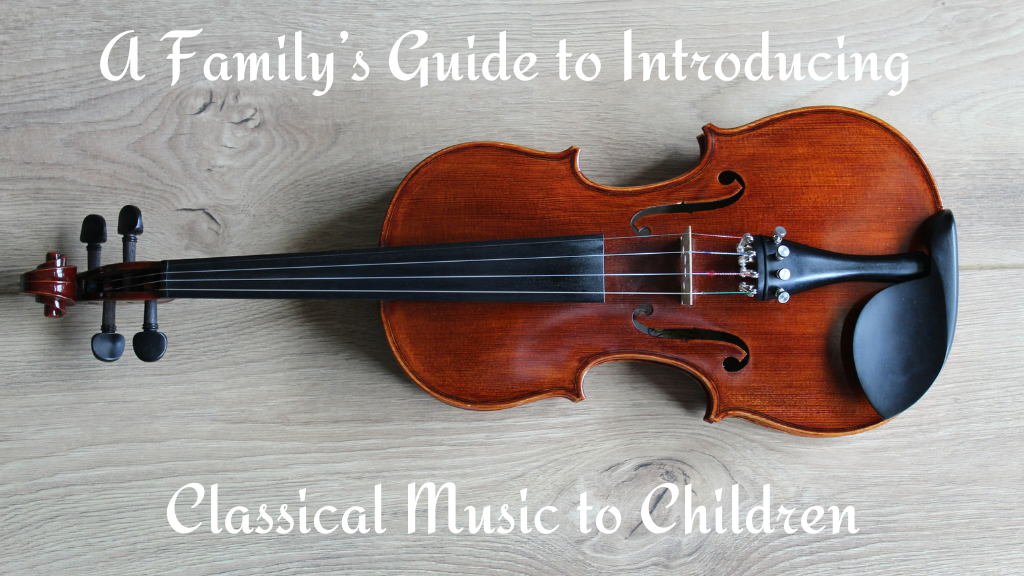Music opens a universe of emotions, culture, and history rather than only a set of sounds. Particularly classical music provides a timeless, deep experience that will help a child’s cognitive, emotional, and cultural growth tremendously. Introducing classical music to young people can be a fulfilling trip that brings families together and deepens their life with a great, significant artistic form.
Classical music, especially Indian classical, is built on centuries of tradition. Knowing how to properly include their children can help parents who want to expose them to this complex and wonderful world. This is a family’s road map for negotiating this amazing art form and cultivating a love of music in the next generation.
The Early Start: Creating a Musical Environment at Home
Early exposure is the secret to enabling children to enjoy classical music, much as with any other ability. Parents can begin early on using just background music for daily activities, including classical tunes. Making surroundings where kids are organically surrounded with music helps them become familiar and comfortable with it.
Start with easy for children to understand and calm ragas or compositions like Bhairavi or Yaman. Classical music frequently uses these ragas to produce a serene and relaxing mood. The beauty of ragas is found in their capacity to portray a spectrum of emotions; when youngsters hear them, they begin to link particular sounds and melodies with those emotions.
Exploring Classical Instruments
Introducing classical music to children might be most enjoyable when you expose them to the instruments that distinguish this genre. Children’s imaginations might be enthralled by the unique sounds of instruments including the sitar, tabla, flute, veena, and sarod.
Parents can bring their kids to events or listen to recordings of these instruments performed. Youngsters can also be exposed to several internet courses or lessons that dissect the several sounds and purposes of every instrument. This promotes a knowledge of the music as not only sound but also as a mix of several voices harmonizing.
Storytelling Through Music
Legend, myth, and story abound in Indian classical music. The ragas themselves are connected with several times of day, seasons, or even emotions. Children who hear these ragas start to grasp the storytelling quality of music.
For example, commonly performed at temple celebrations, the Raga Hamsadhwani is connected with happiness and supposed to inspire calm and spirituality. Parents can enable children to develop a closer emotional connection to the music by sharing with them the background of it.
Children’s interests might also be piqued by learning the background of well-known classical works and the performers of them. Parents can introduce kids to legendary musicians such as Lata Mangeshkar, Ustad Zakir Hussain, or Pandit Ravi Shankar and show how these performers transformed the classical music scene.
Interactive Music Lessons
If your child has an interest in learning an instrument, signing them up for music classes might be a fantastic approach to inspire more thorough involvement. Though at first intimidating, classical music is more likely to stick with children if it is presented in an interesting, entertaining manner.
You might begin with basic tuition on simpler instruments such as the piano, flute, or tabla. Many music institutions nowadays provide courses especially for young children, emphasizing on making the educational process fun rather than demanding. Another excellent approach for youngsters to learn in a social setting, often with games, activities, and hands-on experiences that make the process interactive group music sessions.
An Active Family Participation
Families could be drawn together by classical music. Organizing “family concerts” at home where everyone listens to a certain piece or even performs by singing or playing an instrument will help to make it an interesting family hobby. Listening together develops a common emotional experience and improves communication.
Parents might also include dance (Bharatanatyam or Kathak) among other traditional art forms into the event. Children can learn even more about how music and movement interact by seeing classical dance performances timed with live music.
Attending Live Performances: A Memorable Experience
Attending live events is one of the best methods to help a child to grow in respect of classical music. One of the best ways to expose youngsters to music and show them how it comes to life is to see a real orchestra or a classical music concert in progress. One can be permanently changed by the vitality, the ambiance, and the beauty of live performance.
You may bring your child to concerts spanning several classical genres such as Hindustani, Carnatic, Western classical, and more. Every encounter will expose students to many cultural interpretations of classical music, therefore enhancing their knowledge and encouraging a strong respect for the artistic medium.
Conclusion
Teaching children to value a specific genre is only one aspect of introducing classical music; another is opening their brains to a rich universe of culture, history, and emotion. Children can improve their listening, creativity, and emotional intelligence by listening to classical music as well as their development of parents can instill a lifetime love of classical music in their children by including music naturally into family life, investigating its several forms, and giving chances for active involvement.
Classical music is a broad and varied field, and family participation can help one to find a rewarding experience spanning generations. Classical music provides something significant for every child and for every family, from informal listening to learning an instrument to seeing concerts together.

